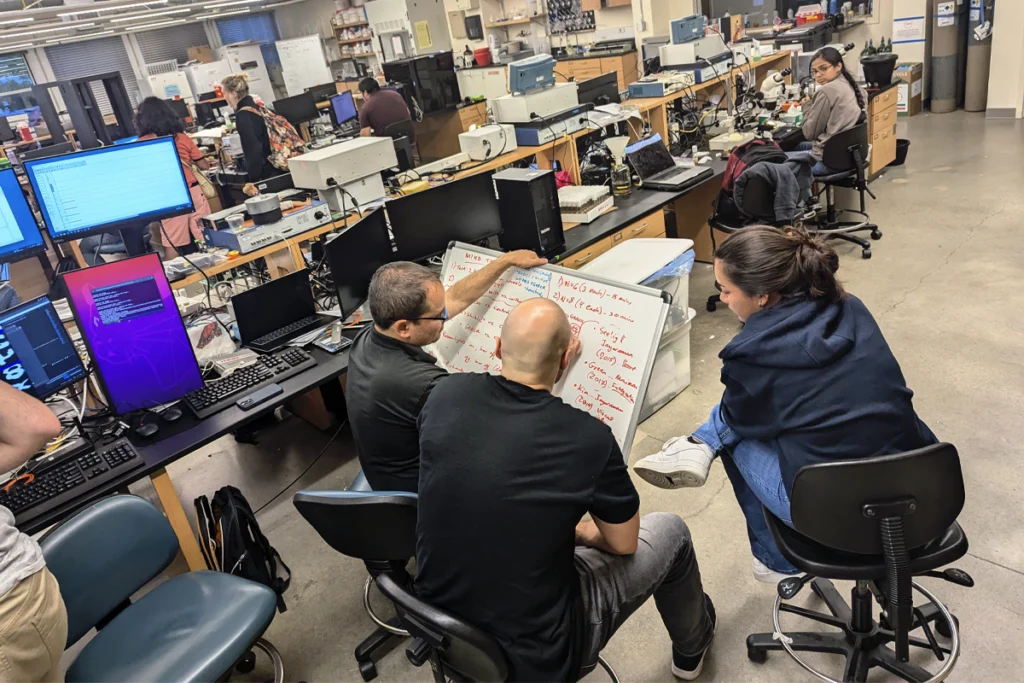Robot renaissance
Engineers have debuted several new robots to help children with autism, including a boy that can sense when it’s touched, a female head that expresses a wide range of emotions and a low-cost fuzzy penguin that can track a child’s eye movements.
Just over a year ago, I wrote about a handful of research groups creating robots that can engage children who have autism using speech, facial expressions or body movements. These ‘social’ bots ranged from a miniature dinosaur and a dancing yellow snowman to several sophisticated, full-size humanoids.
The eclectic collection now includes a boy that can sense when it’s touched, a floating female head that expresses a wide range of emotions and a low-cost fuzzy penguin that can track a child’s eye movements. Descriptions of all three appear in the latest conference proceedings of the IEEE Engineering in Medicine and Biology Society.
For many years, engineers at the University of Hertfordshire in the U.K. have been developing KASPAR (above), a child-size robot that can make simple facial expressions. For KASPAR’s most recent iteration, the team has covered its body with sensors, dubbed ‘RoboSKIN’, that record when and where it’s touched.
Because exploring the environment through touch is a key part of early motor and social development, KASPAR’s new skin could add an extra dimension to play sessions with children who have autism. In the new report, the researchers observed preschoolers with autism interacting with KASPAR. They showed that the robot was well received, and that it usually responds appropriately to various kinds of physical interactions that involve touch — for example, by saying, “This is nice,” if its feet are tickled, or, “Ouch,” if its nose is pinched.
The second new bot, created by an Italian team, may help children with autism develop the facial recognition skills they often lack. FACE, or Facial Automation for Conveying Emotions, is an extremely realistic female face that can effortlessly turn from annoyed to alert or tense to contented.
In contrast with KASPAR and FACE, which are used in schools or clinics and shared by many children, the third new bot aims to be cheap and portable, so a child could use it at home. The Penguin for Autism Behavioral Interventions, or PABI, can move its eyes, beak, head and wings and record a child’s body and head movements.
In the future, its creators at the Worcester Polytechnic Institute in Massachusetts hope that it will be able to respond to a child — by imitating speech or gestures, for instance — without the involvement of a parent or therapist. In another mode, a therapist, even one who is miles away, could theoretically control PABI’s movements with a joystick while it plays with the child.
Considering the wide range of benefits that robots have been shown to bring children with autism, I say bring on the singularity.
Recommended reading
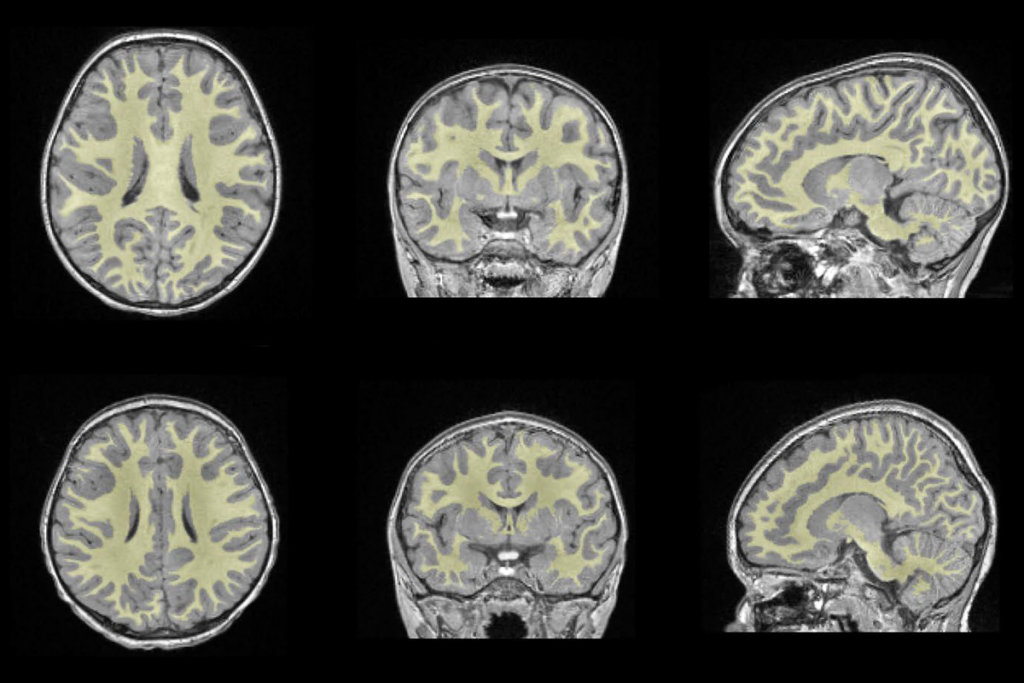
White-matter changes; lipids and neuronal migration; dementia
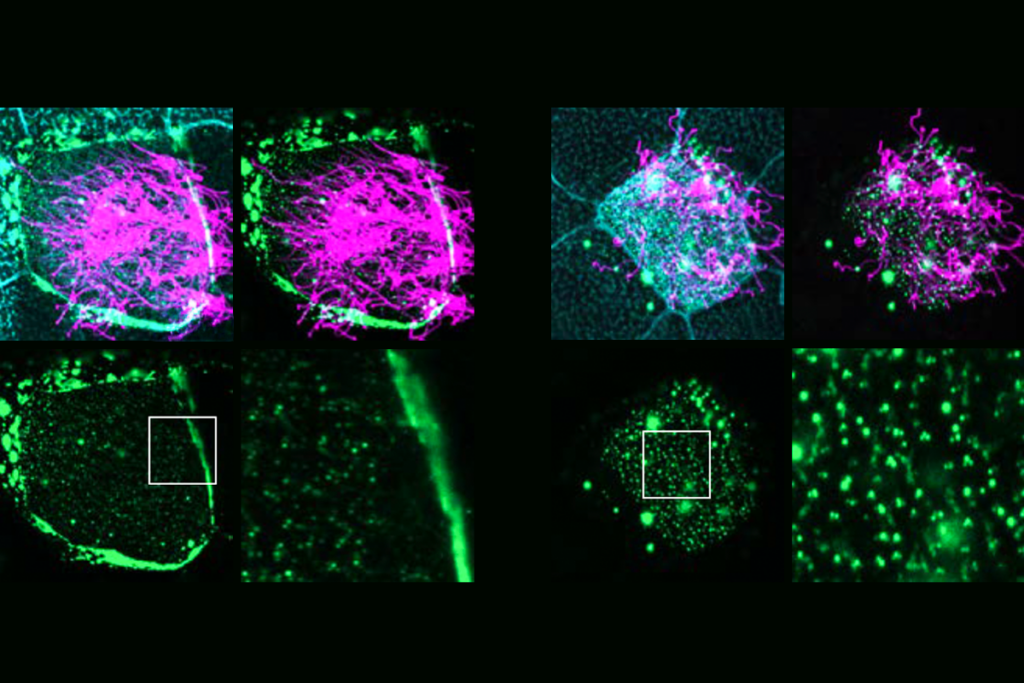
Many autism-linked proteins influence hair-like cilia on human brain cells
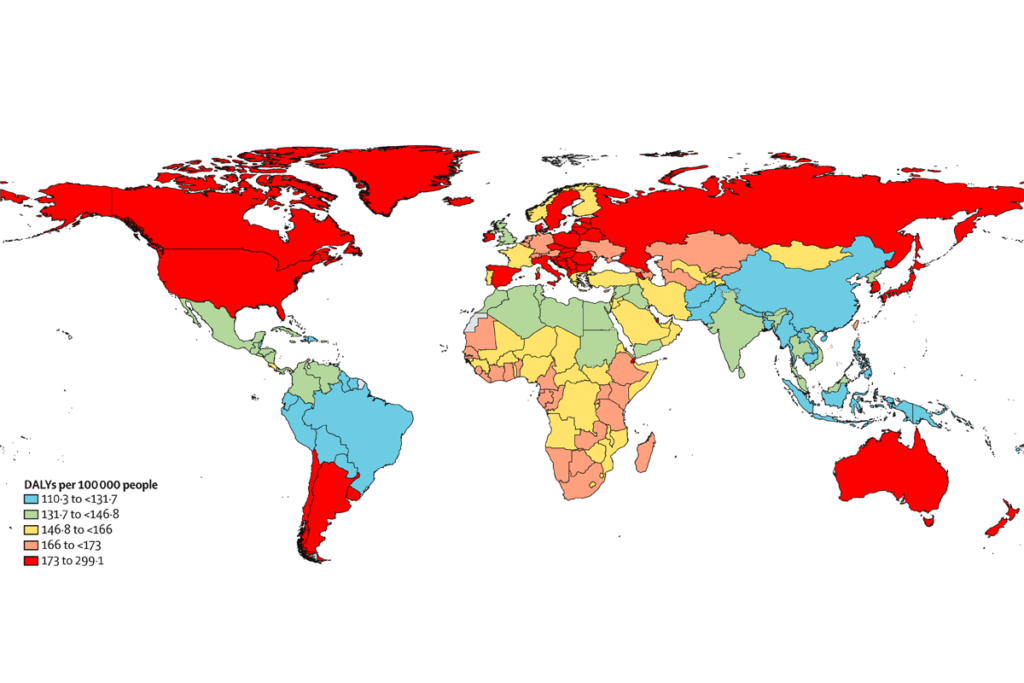
Functional connectivity; ASDQ screen; health burden of autism
Explore more from The Transmitter
David Krakauer reflects on the foundations and future of complexity science
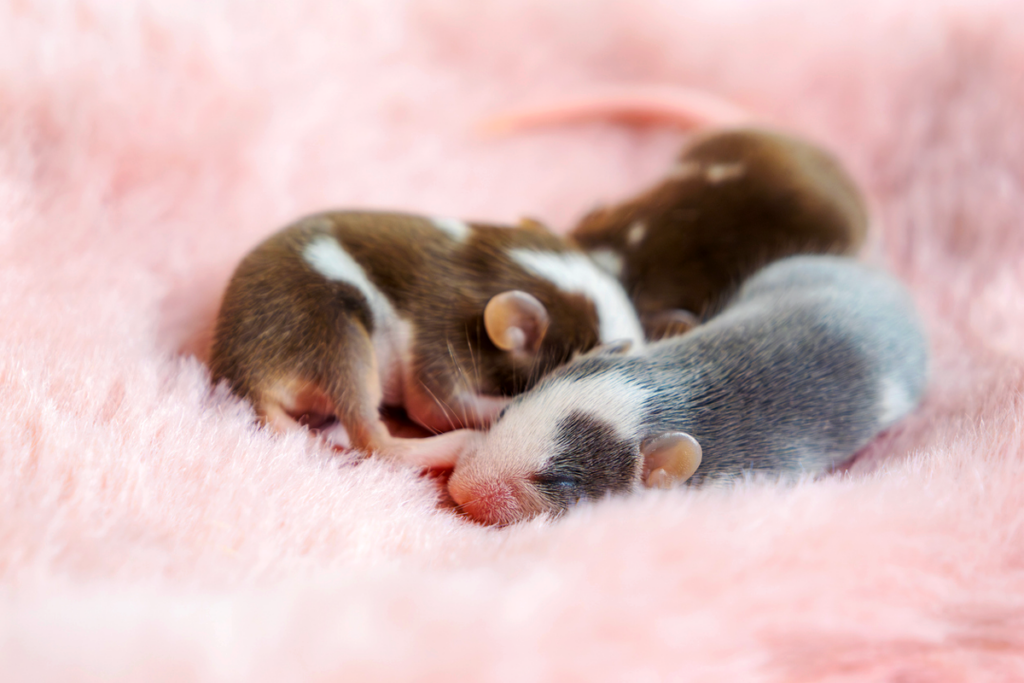
Fleeting sleep interruptions may help brain reset
